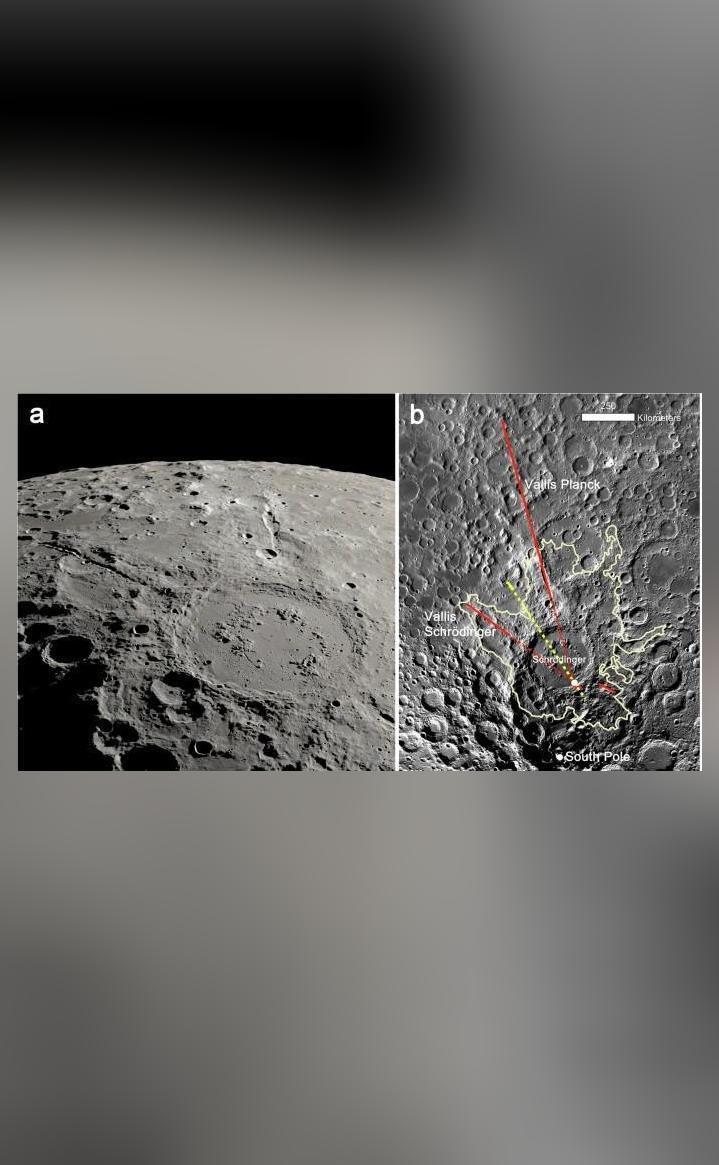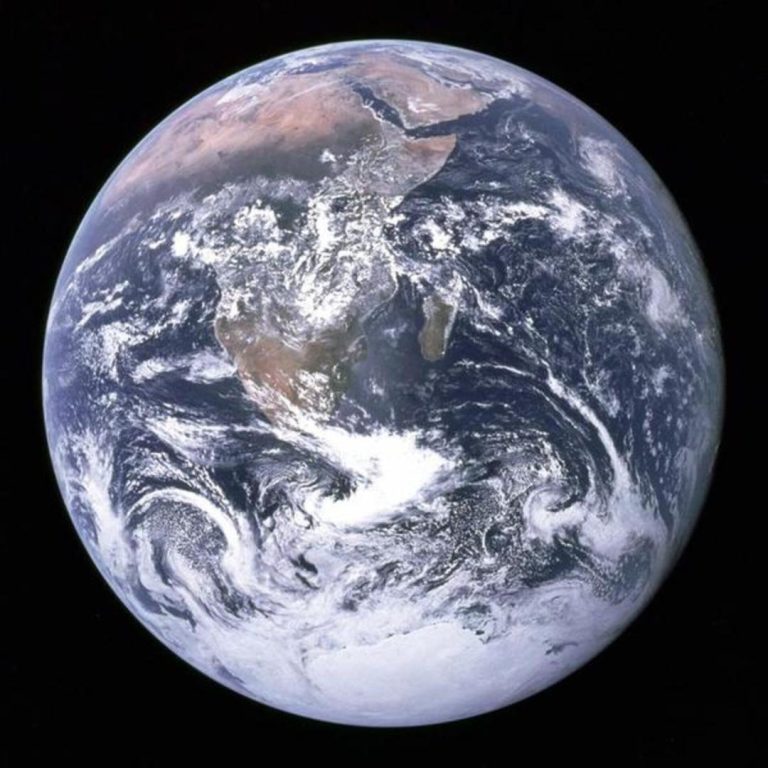
2 Grand Canyons on Moon were created in less than 10 minutes: Scientists
The moon, our closest celestial neighbor, has long fascinated humans with its rugged terrain, craters, and mysterious features. Recently, scientists have made a groundbreaking discovery that has left many in awe. According to a study published in the journal Nature, two grand canyons on the far side of the moon were created in a mere 10 minutes when an asteroid or comet smashed into the lunar surface around 3.8 billion years ago.
Located on the moon’s distant side, these two canyons are comparable in size to Arizona’s Grand Canyon, measuring over 165 miles long. The discovery has shed new light on the moon’s geological history and has sparked a flurry of interest among scientists and space enthusiasts alike.
The research was conducted by a team of scientists from the Planetary Science Institute in Tucson, Arizona, and the University of Arizona. Led by Dr. Peter Schultz, the team used advanced computer simulations to recreate the massive impact that formed the canyons. According to their findings, the asteroid or comet that caused the impact was approximately 1.2 miles in diameter and traveling at a speed of around 11 miles per second.
When the asteroid or comet struck the moon’s surface, it released an enormous amount of energy, equivalent to around 2 trillion tons of TNT explosive. This incredible force triggered a massive shockwave that traveled through the moon’s crust, causing the rocks to shatter and creating the two canyons.
The canyons, which are located in the moon’s southeastern hemisphere, are remarkably similar to each other. They are both around 165 miles long, 12 miles wide, and 1.2 miles deep. The team believes that the canyons were formed when the shockwave from the impact created a type of rock called “breccia,” which is formed when rock fragments are cemented together by melted rock.
The discovery of these two grand canyons on the moon has significant implications for our understanding of the moon’s geological history. Prior to this study, scientists believed that the moon’s surface had been largely unchanged for billions of years. However, the formation of these canyons suggests that the moon’s surface has been more dynamic than previously thought.
The study also highlights the importance of asteroid and comet impacts in shaping the moon’s surface. While we often think of these impacts as catastrophic events, they can also create unique geological features that provide valuable insights into the moon’s history.
In conclusion, the discovery of two grand canyons on the moon, created by an asteroid or comet impact, is a remarkable finding that has shed new light on the moon’s geological history. The study provides a fascinating glimpse into the moon’s dynamic past and highlights the importance of asteroid and comet impacts in shaping the moon’s surface.






